







For my second photo-shoot, I focused on displaying a break in feminine gender roles by focusing on showing women/girls in nature, showing them playing in forests and getting muddy. I feel like this approach allows for a subtle line to be drawn between the expectations that society has for girls, and the reality that many girls find joy in “masculine” activities, such as playing in the woods, exploring and adventuring. I find this concept to be a more subtle show of braking gender stereotypes than my first photo-shoot, and therefore have included this in order to contrast the more overt, brash examples of gender stereotypes with more subtle, hinting examples.
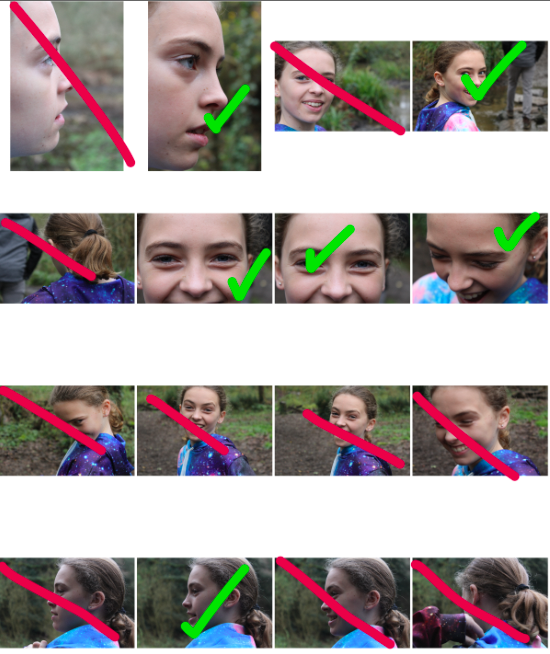

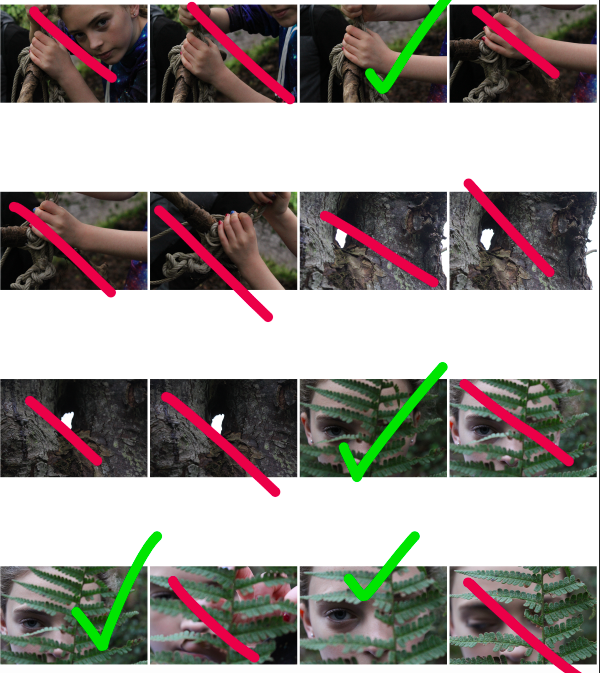
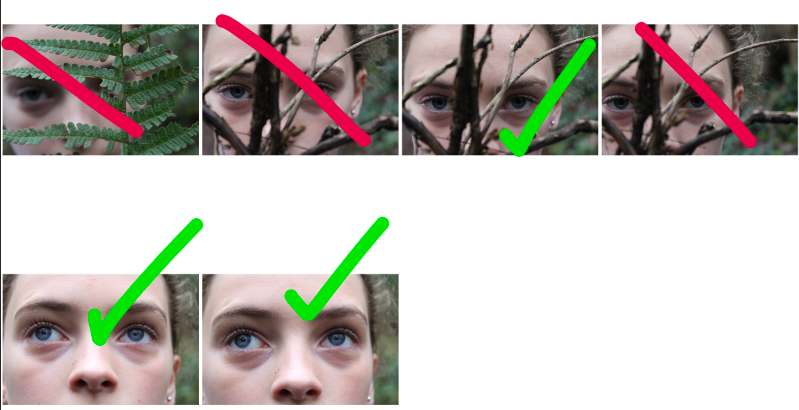
After selecting which images I would use to edit, I used the software Photo-shop to create and edit a range of images:

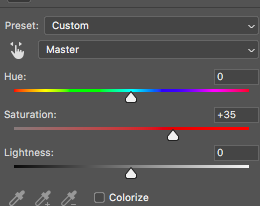
For many of my images, I increased both the saturation and contrast. I did this to make the colours and contrasting shapes and tones of the image stand out, allowing the viewers attention to be drawn to certain aspects of the image.
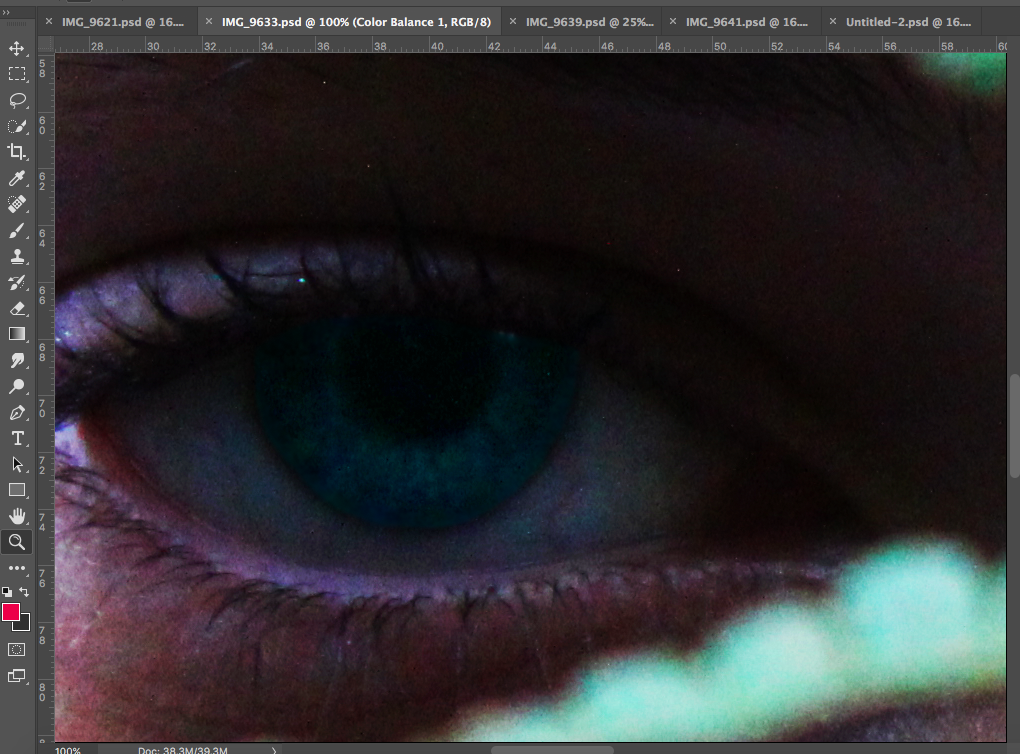

For the above image, I altered the saturation and contrast of the image, and then using the lasso tool on Photoshop, I highlighted the iris of the eye, and raised the contrast and saturation of the blue, in order to make the eye colour of the subject stand out much more. I did this to make the eye of the subject the focal point of the image, forcing the viewer to see the subject as an individual person by making eye contact with them through the image.

Simply by increasing the contrast and saturation of this image, and making small edits using the lasso tool, I was able to finish this image, using the colouring and shapes of the image as the focal point of the image.
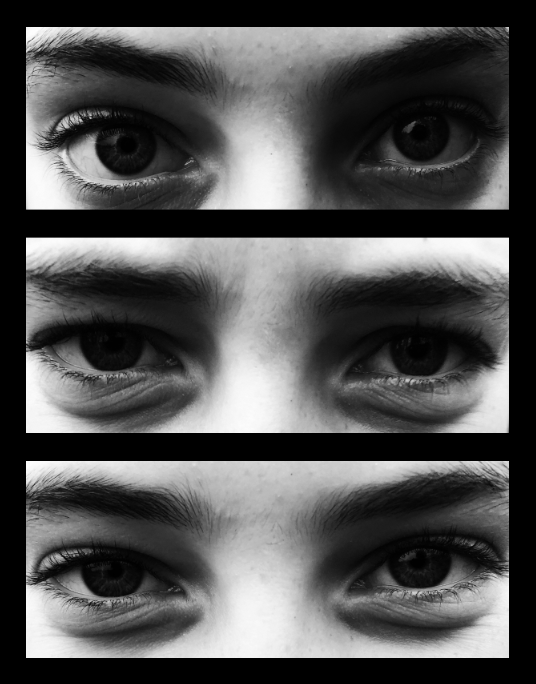
The above image involved turning the images black and white , increasing the contrast, and placing all images onto a single page (I outlined the images with black rectangles using photoshop to better define each image).

For many of my images, I also altered the colour balance of the image in order to emphasise certain shades and colours. In this instance, I increased the red and blue and magenta tones slightly (and I also increased the contrast and reduced the saturation), which gave the below final outcome:

The hardest image to create was one in which I would be merging a set of images together to create a background, while keeping a single image opaque in the foreground.
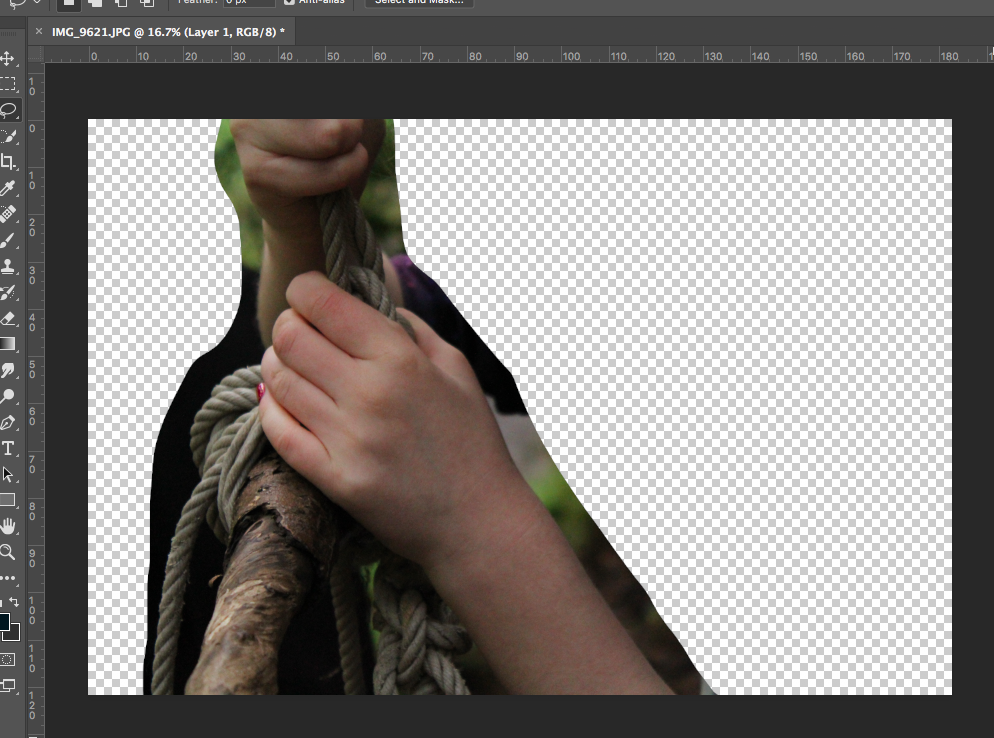
Initially, I cut out the part of the image I wanted to use from the background.
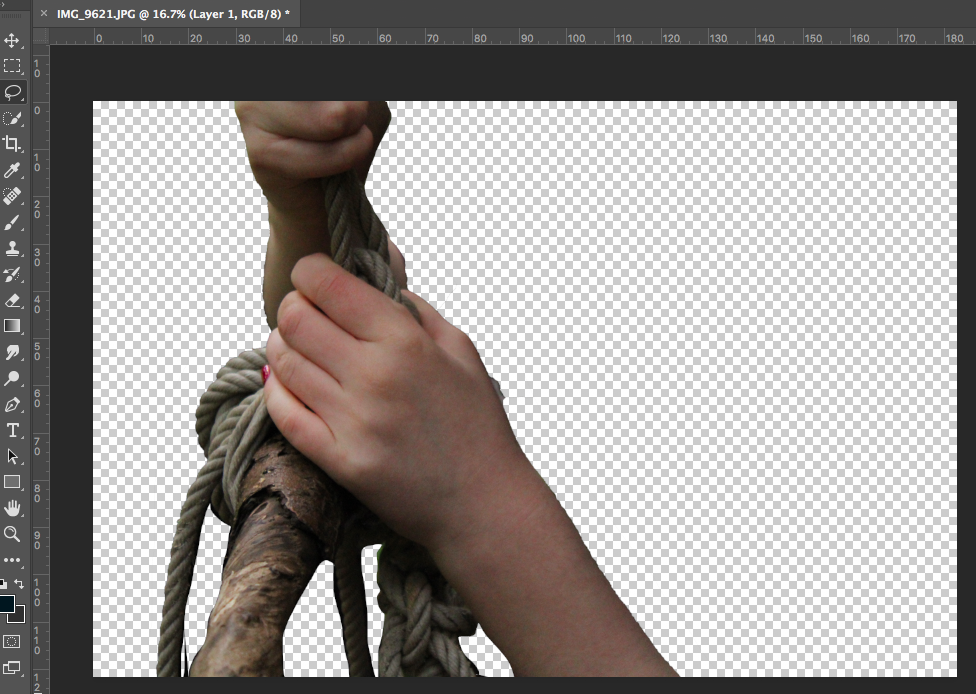
I then used the quick selection tool and lasso tool to cut the image out from the background fully. After this, I used the eraser with 0% hardness to soften out the edges of the image to make it look more natural.

I then increased the contrast of the image and turned the image black and white to match the black background that I added. I used a soft black paintbrush to go around the edges of the image to patch up parts the edges that did not match the background.
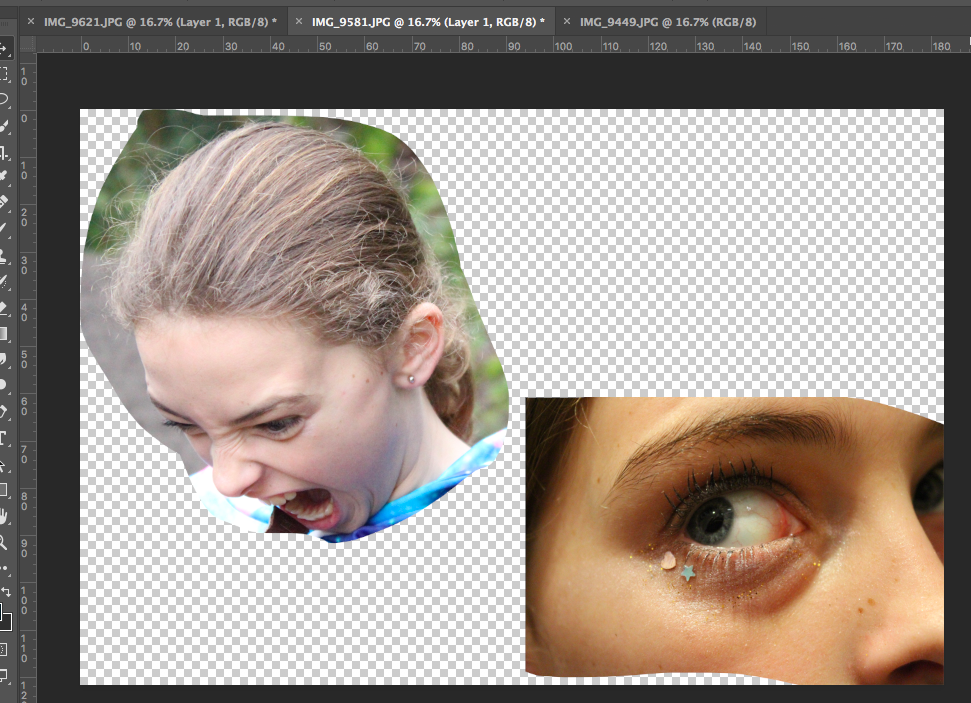
I then used the lasso tool to cut out a range of images of faces showing intense and varied emotion from a range of different images.

I then used the eraser tool at 75% opacity to make these cut out image more opaque and soft. Finally, I added these images behind the image in the foreground, allowing them to create the background for the image. I feel that although this image took a lot of work, I believe the outcome is an effective piece.
Essay Question- Is it possible for photography to capture moments in time objectively and truthfully?
Opening Quote- What are the differenced between reality, witness and point of view?”– Bright and Van Erp 2019:19
Introduction (250-500 words)- What is your area of study? Which artists will you be analysing and why? Will you be using photographs as a way of showing your idea? How will these aspects respond to their work and essay question?
My personal investigation looks into the development of my dance journey throughout the years from 2010. I specifically will be looking into the physical elements i still own such as objects, costumes and images in order to show my journey truthfully. This idea has come from looking into artists Diana Markosian, and Walker Evens who show a clearly their personal styles through their use in photography. Diana looks into archival imagery through her personal life to add emotion to ideas, where as Walker is a documentation photographer and uses the project ‘ let us praise famous men’ to showcase his style.
Paragraph One (500 words)- Historical/ Theoretical context within art, photog and visual culture relevant to your area of study, Make links to art movements
Realism and Straight Photography was first introduced in the 1840s and looks at producing imagery which displays life how it is. Artists who work within this area mostly focused on looking into cultural and social issues which were revenant within that time, helping to gain recognition to issues and showcase detailed images to exhibit real life. Artist Frederick Henry Evens and his project ‘A sea of a Step’ is known to distinctly present realism through the use of lighting and space. He uses symbolism of creating subjective perspectives while changing the reliability of art movement. Focusing more on documentary photography, artist Walker Evens uses portraiture to show lifestyle within an enviroment which can sometimes be shown as being accurate or inaccurate. This carries me to explore my own topic which is based on my own dance lifestyle and I left that using a small element of documentary photography within my project would be nessesary to capture my intended subject. Carrying on from this, Paul Strand took an interesting approach to photographing objects where he uses the ‘Macro Technique’ which shows clear focus on light and shadowing. This gives an idea as to how Strands work is seen and how his work causes a narrative which can illustrate how the art movement can be truthful.
Paragraph Two (500 words)- Analyse first photographer in relation to your essay question. Present/evaluate your own images and responses.
I will be analysing my chosen photographer Diana Maroksian and looking through her non-traditional way of photographing archival images. I feel as if her use of archival images adds an element of truth to her work and contrasts a stereotypical family, adding a sense of loneliness to her work. This particular emotion can be linked to the use of black and white edit which is typically used, creating more depth in the background of her work. To extend this, Maroksian had a particular project called ” Inventing my Father” which can be seen as portraying the truth behind her families upbringing, in particular how her mother left her father to move to California, not thinking on how the children would feel later on in life not being able to be brought with with a father figure. Adding to this, she cut the father out of all the images in the family album, adding separation. I feel as if this clearly shows an element of truth in her work and also shows that archival imagery is a successful way of representing how reality is.
Paragraph Three (500 words)- Analyse images which will help to represent your ideas and visions

This image shown above is from Markosian’s project ‘ Inventing my Father’ which explores her family history from when she was born to the time period where the project was published. The project is very emotional and focuses mostly on the images she has taken which don’t include a lot of editing, adding a raw approach to her work and showing it for how it originally was, adding an element of truth to her work. We can see in the image above that conceptually it seems as if there has been a disappearance of a family member, due to the size and build it looks like a male suggesting it is her father. The cut out also proposes that the father has either left or the mother has left him as a cut out is very drastic for precious family photographs. Carrying on from this, the cut out shows to the audience how important diana’s mother was to her, being her only adult influence throughout her life. Furthermore, the edit also carries a lot of emotion through it which is obvious to the audience, these emotions include emptiness, loneliness and pain. To contrast, the contextual approach to this particular image is said that this particular image shows Diana’s mothers heavy emotion which can be seen as being in pain as she cut out her husbands image from the family photograph after she left him to move to California after he had been dissapering for weeks on end and then showing up one day. The cut up also shows the loss of a family member and how he isnt ‘family’ anymore because of his unhealthy habits towards his loved ones. Technically, we don’t know whether this image has been taken with a camera because of the high quality phones which are used in this day and age. However, we can see that there has been artificial lighting used in taking the image because of shadowing.
Paragraph Four (500 Words)- Analyse second photographer in relation to your essay question. Present/evaluate your own images and responses.
Walker Evans most recognizable work is from his project ‘ Let us Now Praise Famous Men’ a series where he explores Alabama farmers during the Great Depression from portrait using a documentation style of photography. Looking into his portraiture, it is clear to see what the families have gone through and how they don’t know any different. He has stated that he enjoys to use editing as a large part of his image as it develops an image even if you are trying to prove a realistic point. Evans imagery has been described as “You can’t sniff the stink of the quilts in the Evans pictures” showing a positive response to his work and emphasis how he is accurate with representing his work in the way he is successful at capturing raw images through simplicity. Evans uses naturalistic lighting to capture his images and does not position the models, but photographs them in their typical element adding a sense of truthfulness and reality. Capturing the subject in their naturalistic environment allows a sense of authority to the images, adding emotion and a sense of sympathy.
For my independent bunker shoot, I decided to drive to Corbiere and photograph the German radio tower. It is part of the old German radio complex situated around the west coast of Jersey to assist in detecting allied ships within the Atlantic ocean that meets the west coast of the Island. the radio towers were also used to assist in co-coordinating aerial attacks upon allied fleets in the English Channel.
Today, the tower can be rented out as a luxury getaway destination, with 360 degree panoramic views of St Ouens bay and Corbiere lighthouse. Back in the occupation, this tower was a key asset in channel surveillance, and a nearby bunker system hosted multiple anti shipping and anti aircraft batterys to bolster the west coast defense.
Here are my images taken from my shoot. I went and shot my images around sunset as I wished to capture the sunset and experiment with the colours of the sunset, to almost reflect the end of an era, and to use the sunset as a metaphor to represent a promise of a tommorow, a promise that was fulfilled with the liberation of the Channel Islands.




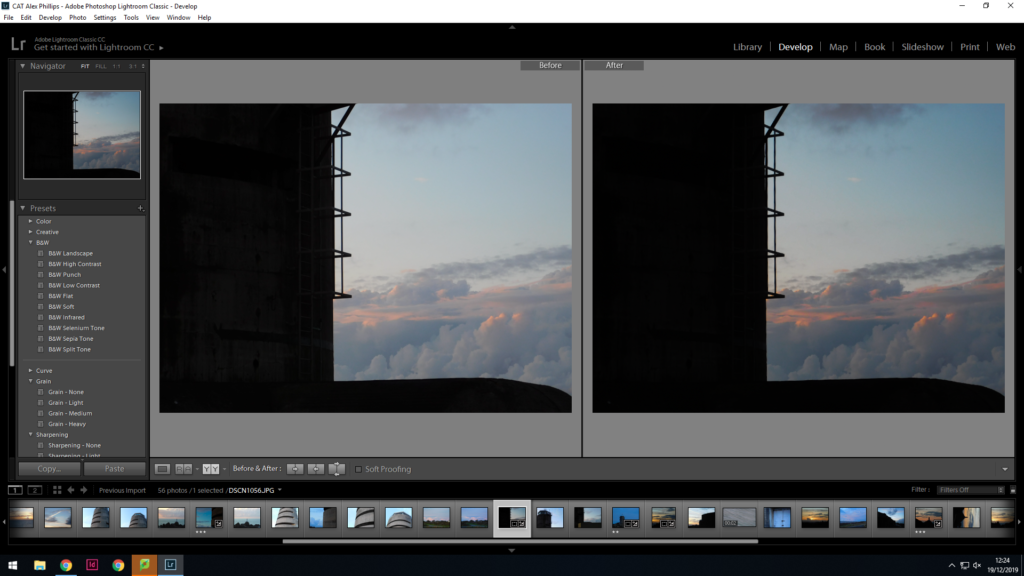
Here are my final edits for this shoot


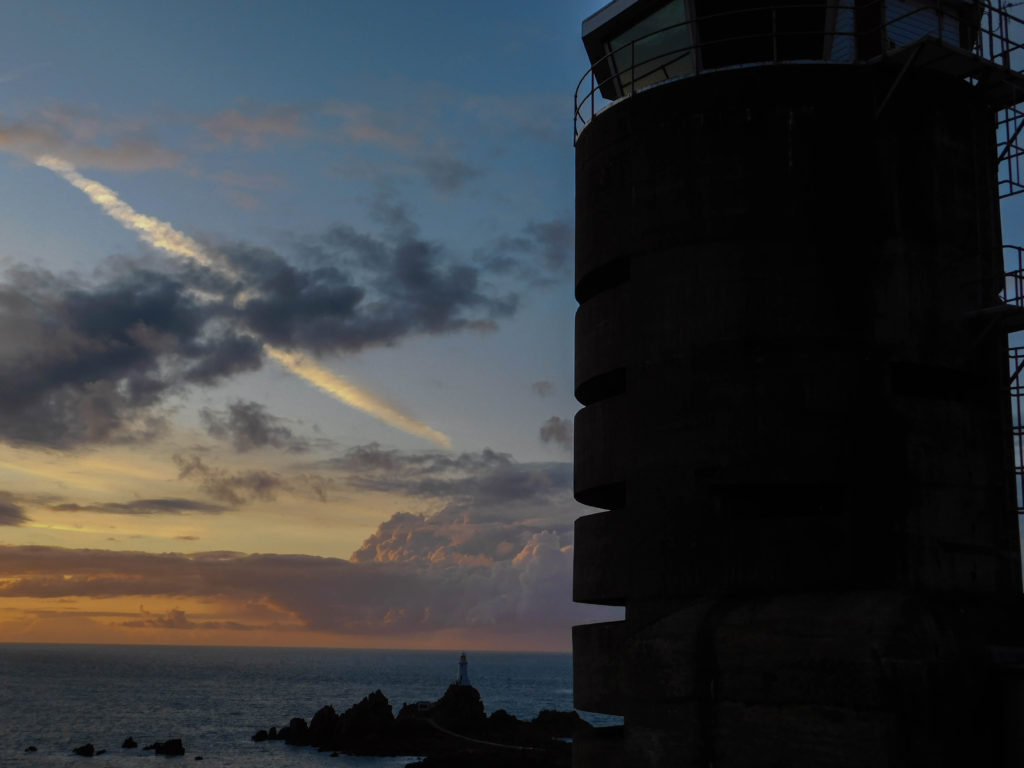
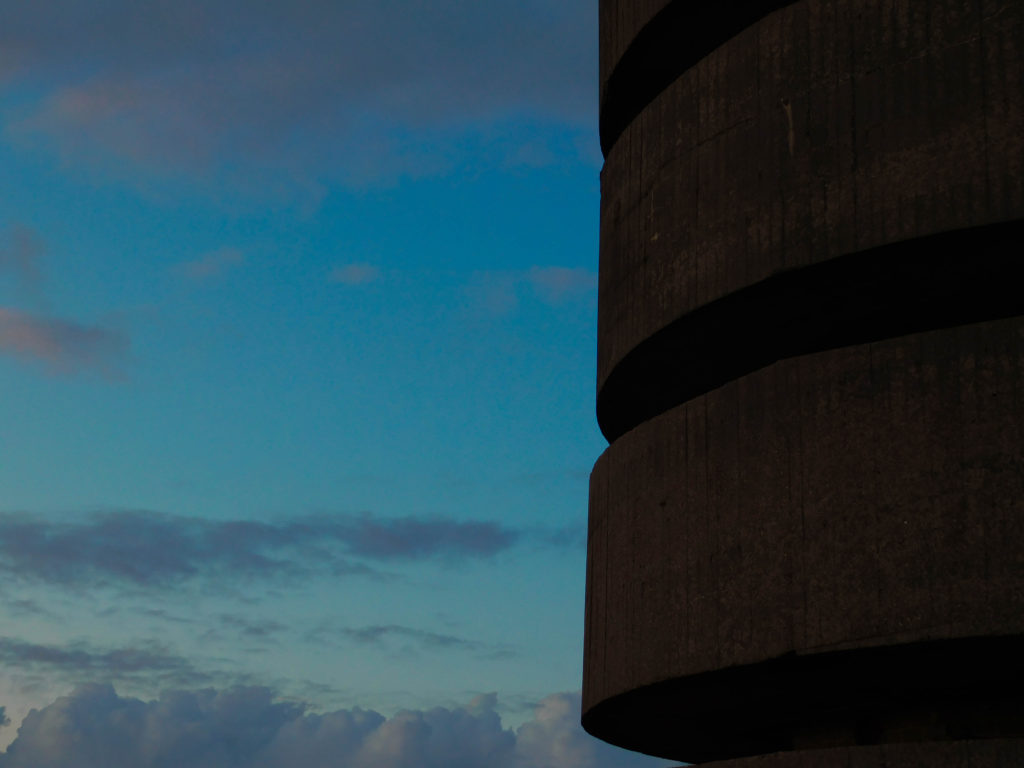

Yoshikatsu Fujii
Born and raised in Hiroshima City. Graduated from Tokyo Zokei University of Arts with a BA in Art Film. He began photography work in Tokyo in 2006. His photographic works often deal with historical themes and memory lingering on in contemporary events.
Fujii’s project “Red String,” was highly inspired by his parents’ divorce, produced a hand-made limited edition photobook. Nominated for several awards, including the Paris Photo-Aperture Foundation Photobook Awards. The book has been named as one of the best photobooks of 2014 by contributors to numerous publications including TIME magazine.
” This work may be a personalized narrative for myself, but “family” is something that everyone has – a universal theme. There is nothing happier for me than if viewers can insert their own families and freely appreciate the work.”
Yoshikatsu Fujii
I chose to study Yoshikatsu Fujii I felt his images resonated with my experience of parents divorce and he manages to express similar feelings. I thought I would easily be able to use his images as inspiration and effectively respond. I enjoyed the minimal editing and simple montages with the incorporation of aesthetic images just to set the tone. Like him, I want the image content to be centre focus rather than the looks. The mix of colour and black and white, as well as the incorporation of old family photos really spoke to me and it was definitely something I wanted to include into my project.



https://www.yoshikatsufujii.com/red-string
Similar to Yoshikatsu Fujii is….
Mateusz Sarello
Mateusz Sarello was born in 1978 in Warsaw. A Graduate from the Academy of Photography in Warsaw. He is the author of the book “Swell”
Swell is a story of a break-up and of unaccepted loneliness. About going back to the same places and memories that we can’t forget. At first, Sarello was doing a photographic documentary of the baltic sea, when he went through a break-up. His images (and the project itself) turned into a representation of the loneliness and sadness that follows.
“It is never easy to talk about love. There is banality and pretentiousness round every corner. There are, however, authors who can balance successfully on the border of beauty and kitsch. Mateusz Sarełło is certainly one of them.”
Dariusz Bochenek
I wanted to study Mateusz Sarello as I find the way he laid out his book (the broken spine and the ‘happier’ images first with a gap and the ‘sadder’ images after) and the images using flash interesting and a great way of creating disturbing feeling in a viewer.



My uncle recently gave me a pen drive full of old family photos and videos. As part of my project, I thought I would go through this pen drive and pick out some photos I thought would be effective in conveying the feeling I wanted from my project. Not only did I try to find as many photos of my parents together, but I thought I’d also include old ones of my whole family, as my sisters have moved out which also affects our family dynamic.


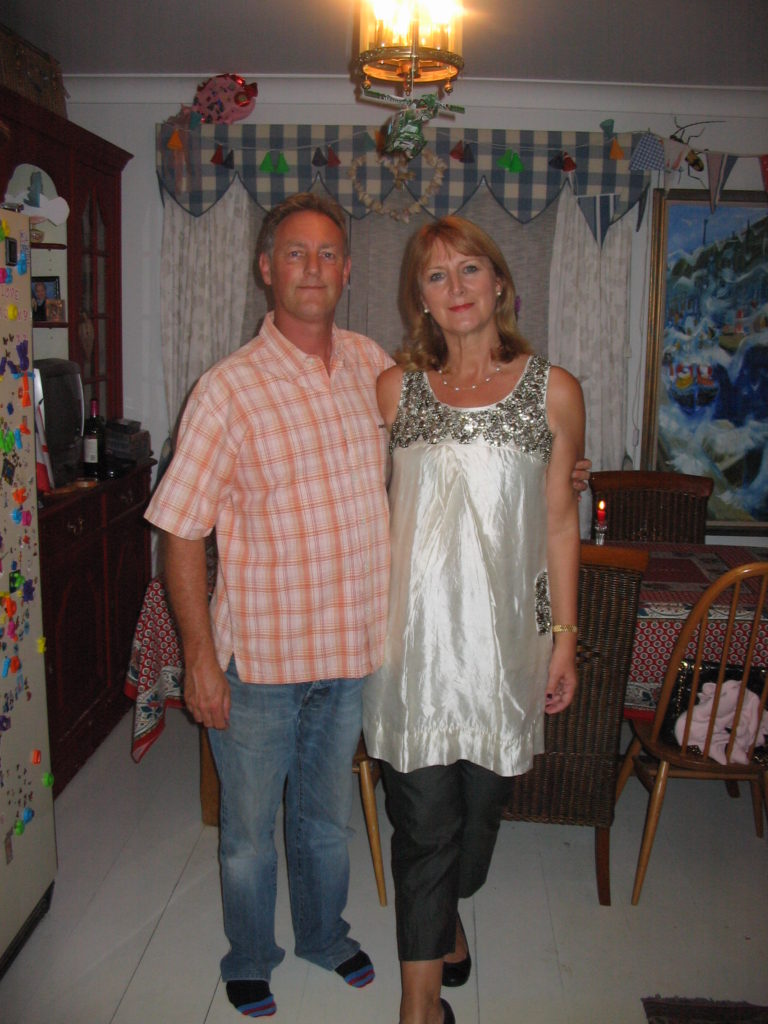



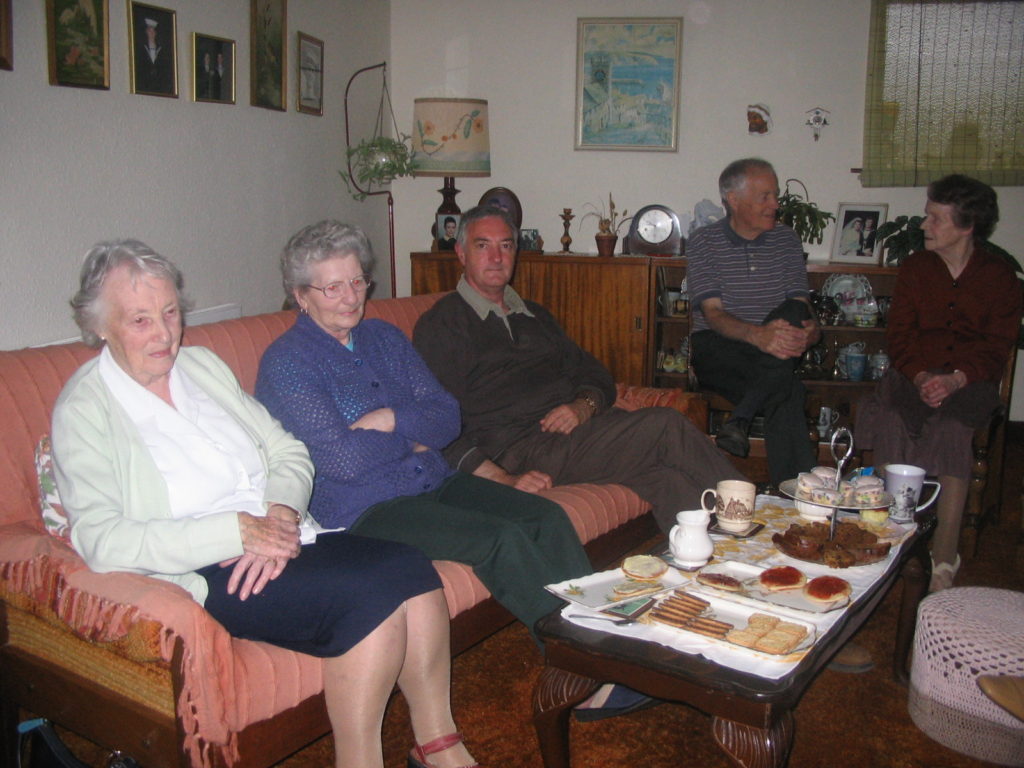
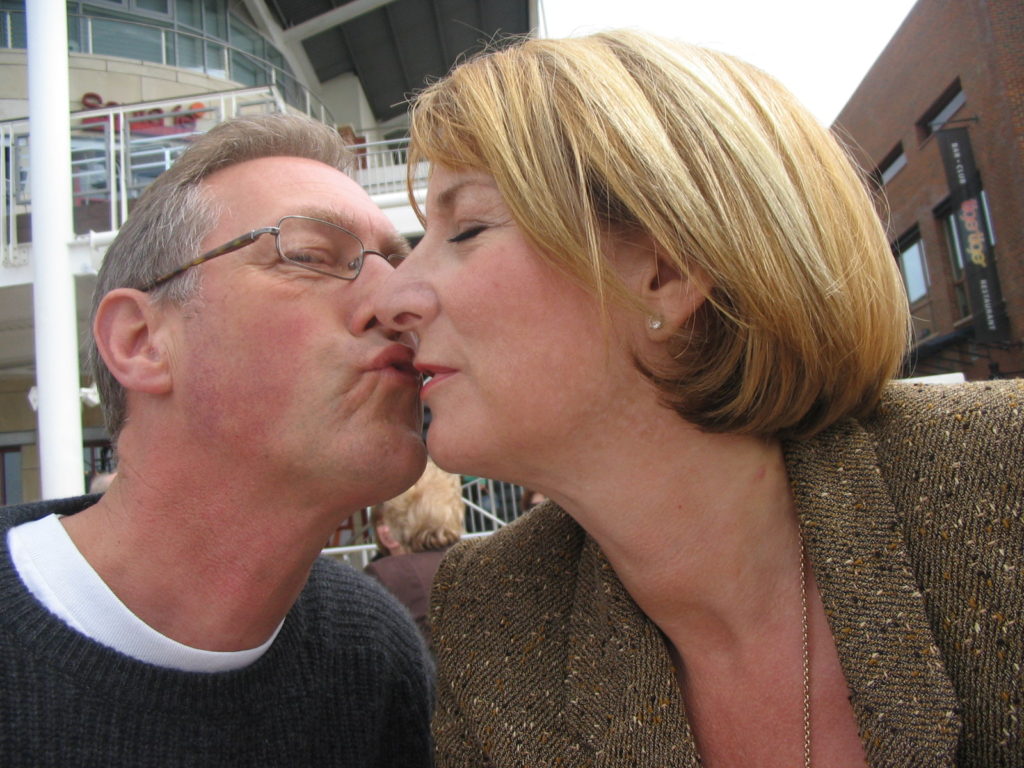
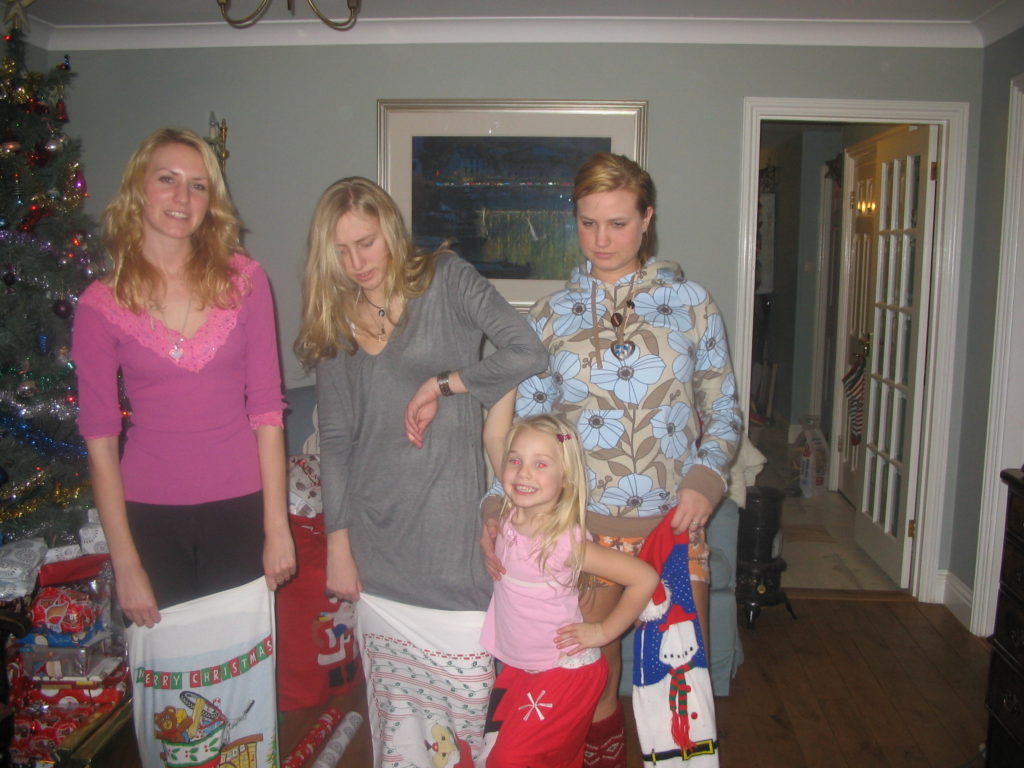


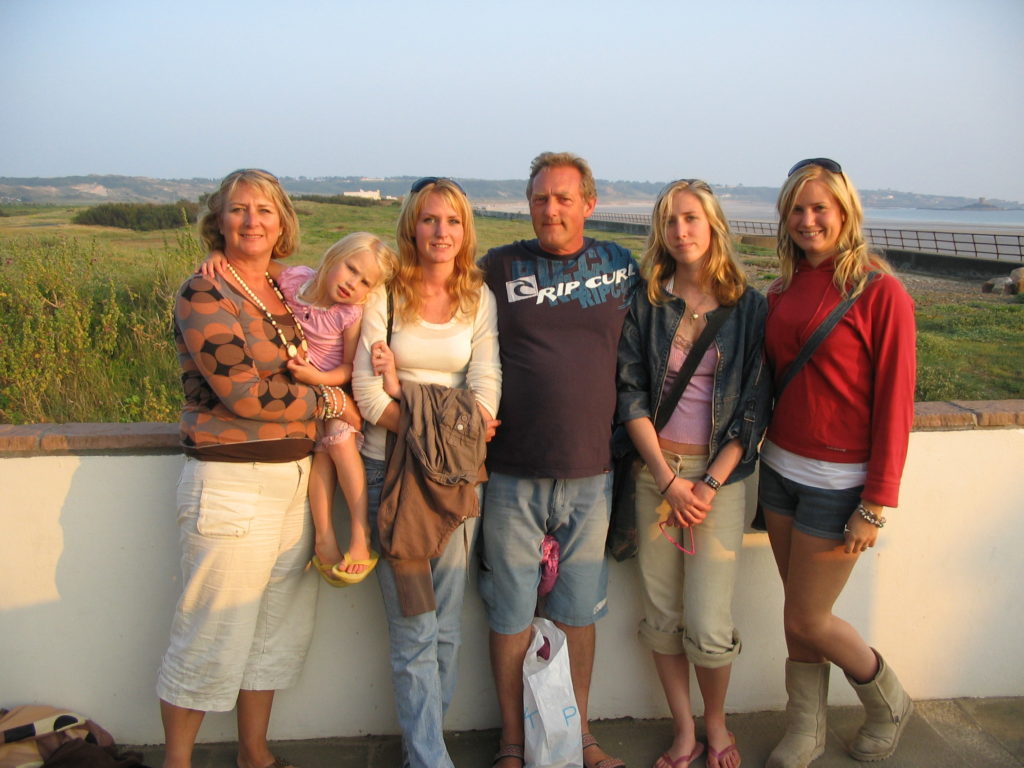
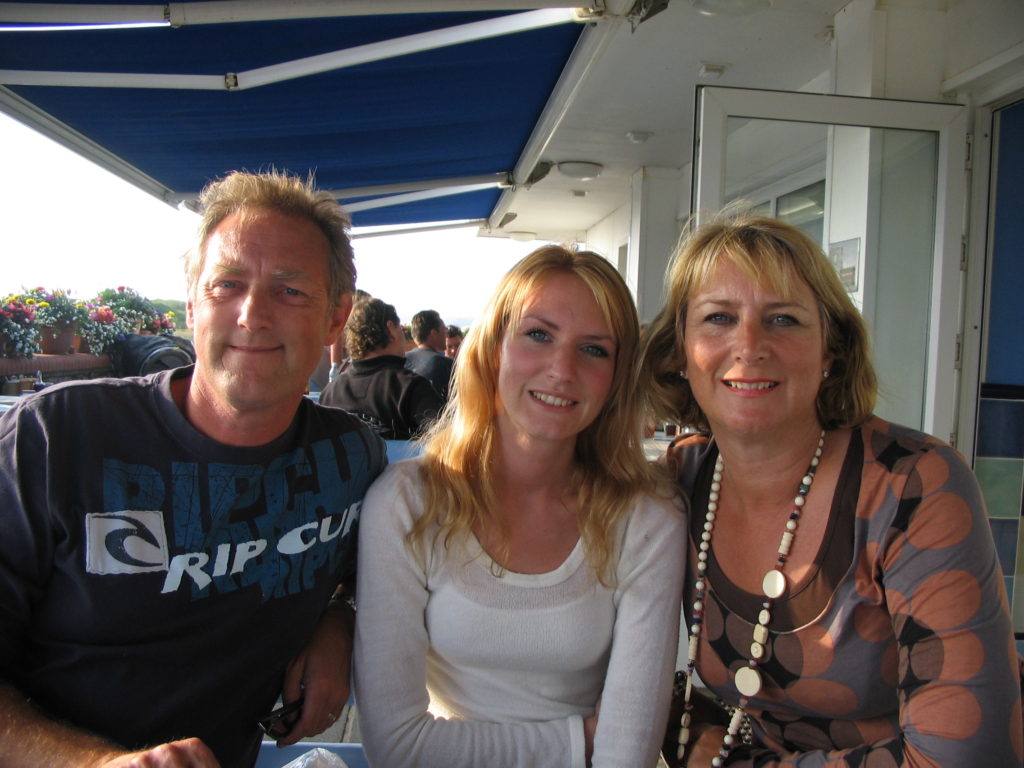
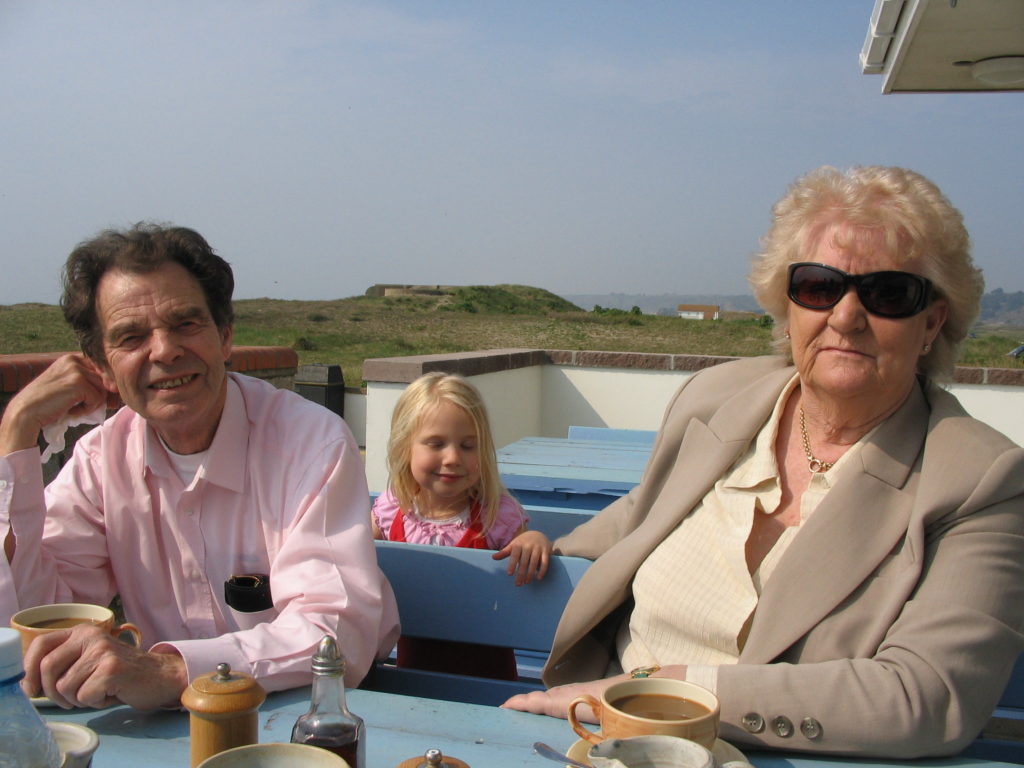

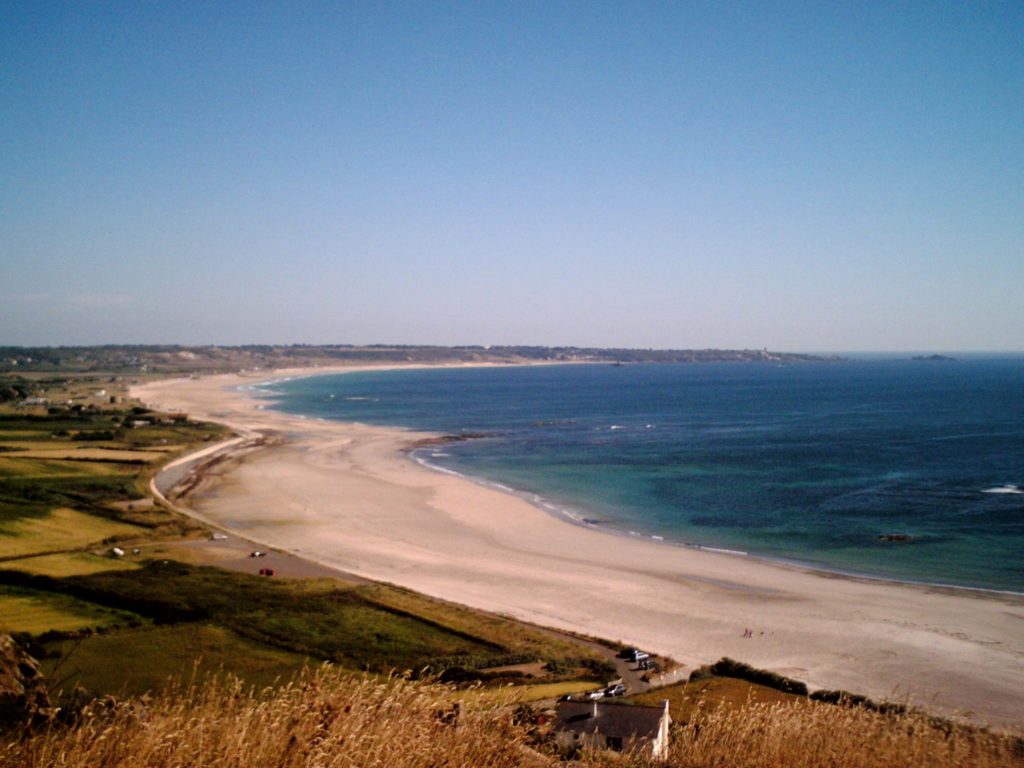

I plan to explore what life is like living with separated parents, one of which does not live in jersey, and document it. I will be looking at Mateusz Sarello with his project ‘swell’ and Yoshikatsu Fujii and ‘red string’ and responding to their images and creating my own concepts as these projects both are based around the theme I wish to study. I plan to use minimal editing and make the subject in my photos take the main focus. I will also be using old family photos to interweave into my project and be using them to inspire some of the photos I will take.


As a side photo shoot which doesn’t relate to my essay I took images of places which remind me of home or my family, mainly sunsets since that is what I liked the most about my life in London.
Contact sheets :
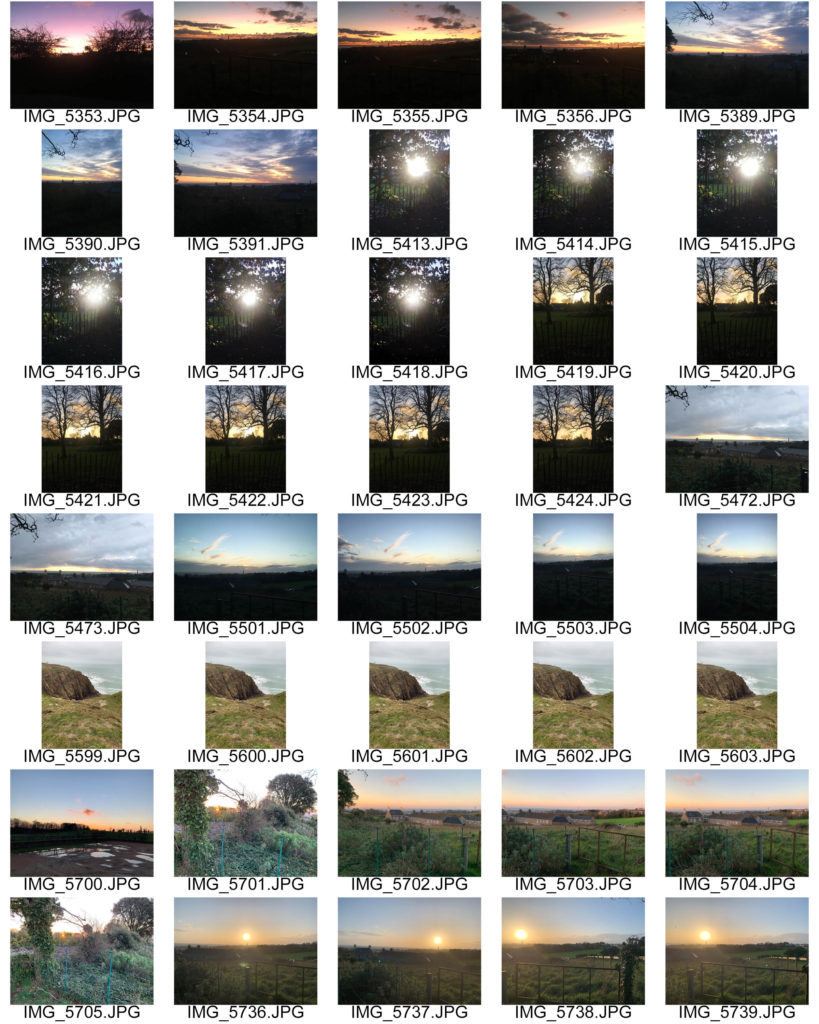

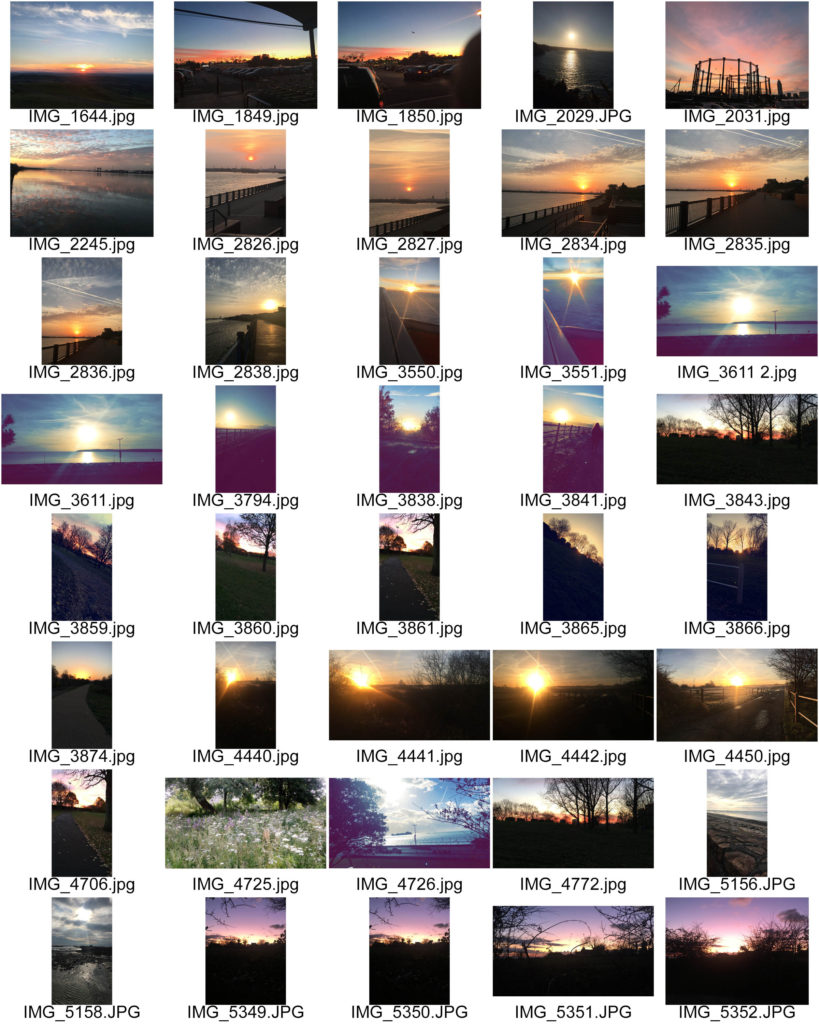
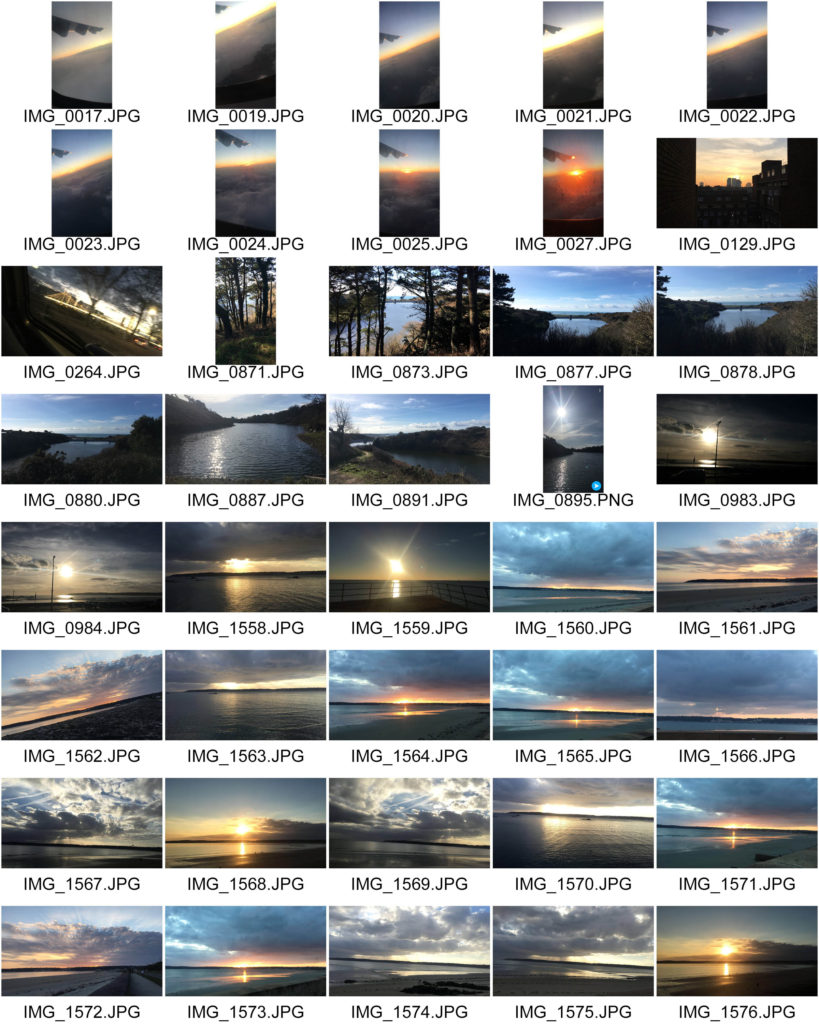
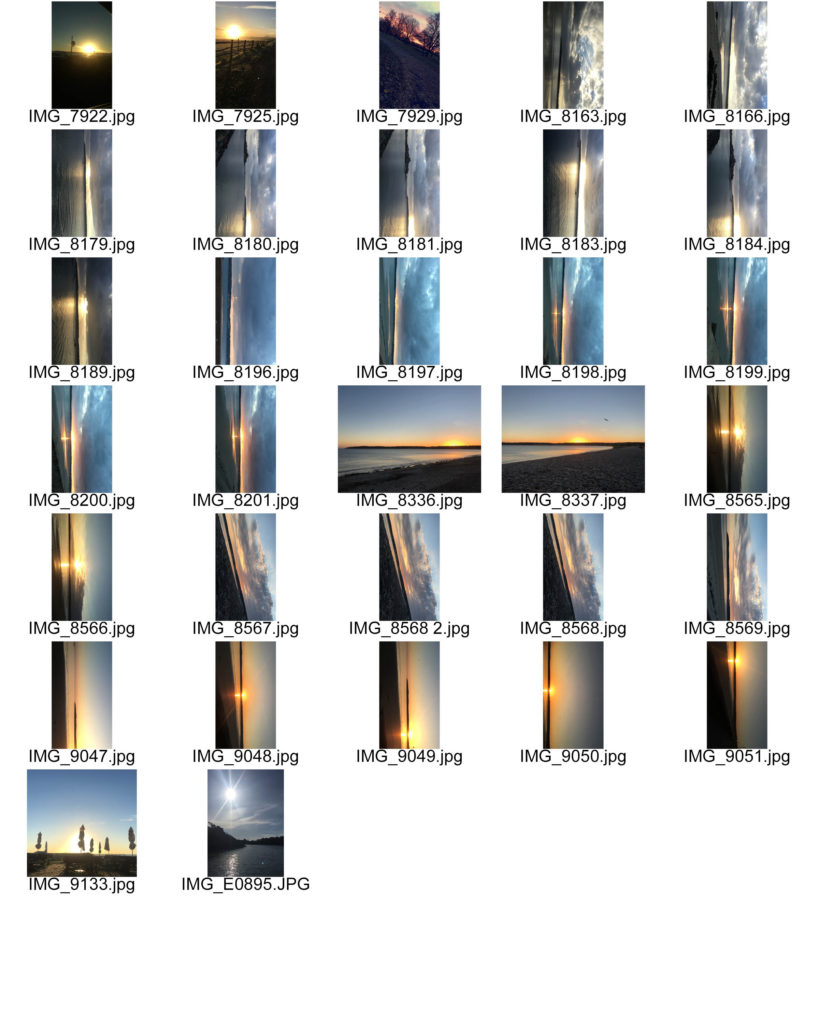
Welcome back!
DEADLINE: DRAFT ESSAY 31 JAN 2020.
FINAL DEADLINE: Completion of photobook with final essay MOCK EXAM 15 HRS CONTROLLED CONDITIONS MON 10 – FRI 14 Feb.
EXAM (ESA): Exam Paper handed out on last day of Mock Exam. Preparation begins after H-TERM 24 FEB.
EXAM (ESA): Controlled Conditions
MON 27 April – FRI 1 MAY.
PLANNER – Download and save in your folder. Make sure you monitor and track your progress
6 weeks remaining – including MOCK EXAM!
Week 16: 6 – 13 Jan
Editing images and write Essay paragraph 1
PHOTOBOOK: Lesson time (Mon, Tue, Thurs & Fri)
Bring images from new photo-shoots to lessons and follow these instructions
Further experimentation:
Essay: Lesson time (Wed)
Paragraph 1 Structure (500 words) : Use subheading. This paragraph covers the first thing you said in your introduction that you would address. The first sentence introduces the main idea of the paragraph. Other sentences develop the subject of the paragraph.
Content: you could look at the following…exemplify your hypothesis within a historical and theoretical context. Write about how your area of study and own work is linked to a specific art movement/ ism. Research and read key text and articles from critics, historians and artists associated with the movement/ism. Use quotes from sources to make a point, back it up with evidence or an example (a photograph), explain how the image supports the point made or how your interpretation of the work may disapprove. How does the photograph compare or contrast with others made by the same photographer, or to other images made in the same period or of the same genre by other artists. How does the photograph relate to visual representation in general, and in particularly to the history and theory of photography, arts and culture.
Include relevant examples, illustrations, details, quotations, and references showing evidence of reading, knowledge and understanding of history, theory and context!
See link to powerpoints: Pictorialism vs Realism and Modernism vs Postmodernism here: M:\Departments\Photography\Students\Occupation vs Liberation\Presentations
Link to Blogpost on Essay writing
For my personal project i will need some photographs to include but in order to achieve that i will need to plan my photo shoots first, but unfortunately the idea of my personal project restricts me from being able to get many photographs as my personal project is about something that is past and not present so there’s not much i can photograph as its all gone now but i will be able to take photographs of objects or archival photographs that where already taken by someone else who was there in the past and past it on to me or my family.
I will be going back to Jordan in Christmas but unfortunately i’m only going there for 3 days because my reason of visit limits me from staying there for longer, and i will be very occupied all day for the three days so i don’t have much opportunity to go out and do a photo shoot so i will be taking photographs of objects related to the project in my own home, the only thing i’m sure of is my knife that was given to me by Abu Ali who inherited it from the guy my project is about.i will be taking the photo shoot using my phone as i have no access to a camera, i will lay the knife down on a white paper and adjust the light to get a florescent white light.
My secondary data will be collecting information and stories about Mashhoor Al Jazi to add up to my personal project and to do that i am going to be interviewing people that are related to him and ask the questions. down below is a list of the people that i’m going to interview and what i’m going to ask them:
After collecting all my data which include the photo shoots and my interviews i will arrange it all on different blog post for all of them to create one whole project and in the end i will create a summery blog post to make it as a final piece.